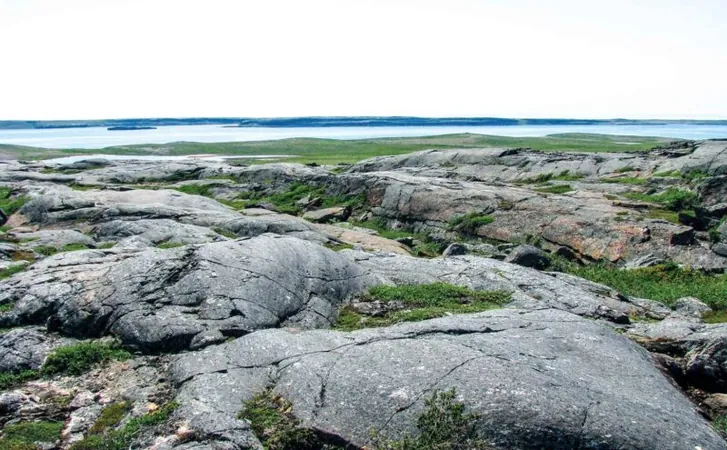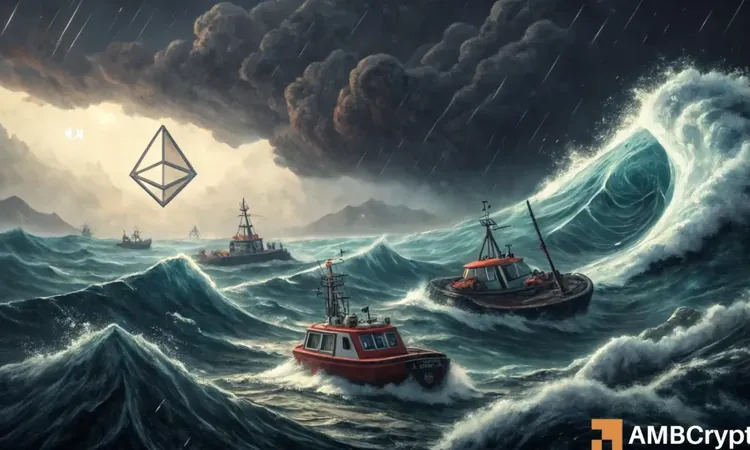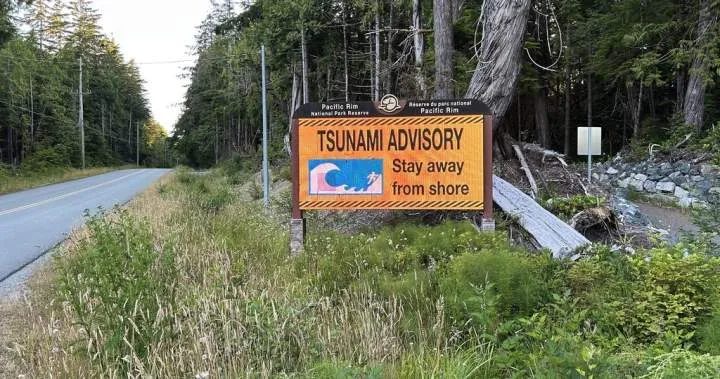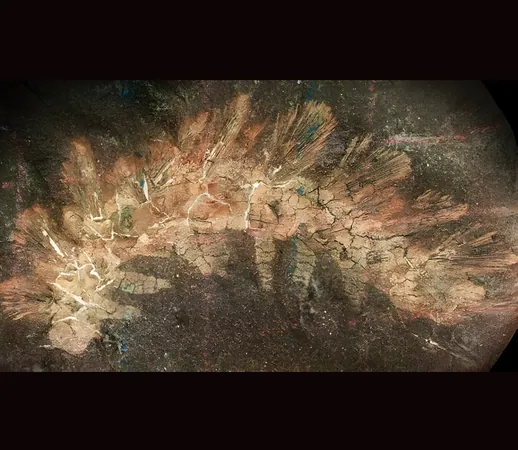
Unveiling Earth’s Earliest Secrets: The Oldest Rocks Discovered in Canada
2025-07-06
Author: Benjamin
A Geological Treasure Unearthed
In the remote and rugged terrains of northern Quebec, scientists have astonishingly uncovered fragments of the Earth's crust that are over 4 billion years old—making them the oldest rocks known to humanity. These remarkable finds emerge from the Nuvvuagittuq Greenstone Belt (NGB), a geological formation that provides a rare glimpse into our planet's formative years.
A Journey Through Time
Back in 2008, geologist Jonathan O’Neil from the University of Ottawa and his dedicated research team made this groundbreaking discovery. They initially proposed that these ancient rocks were a staggering 4.3 billion years old, dating back to the Hadean eon—an era marked by the fiery birth of our planet.
Debate and Discovery
However, the rocks' age has sparked controversy. Other studies suggested various ages from 3.3 billion to 3.8 billion years, igniting a fierce debate among scientists. O’Neil, undeterred, has dedicated more than a decade to studying these formations. His recent analysis focuses on intrusion rocks from the NGB, formed when molten magma coursed through pre-existing rock layers, which appears to affirm their age as 4.16 billion years.
Hell on Earth: A Volcanic Inferno
These rocks originated from a time when the Earth was an inferno, with volcanic activity dominating the landscape. The intrusion process indicates that the surrounding volcanic rocks must be even older, potentially reaching back to 4.3 billion years, a finding consistent with earlier studies.
Hadean Eon: The Birth of the Crust
The Hadean eon, spanning from 4.5 to 4 billion years ago, was a tumultuous period when the young Earth was enveloped in molten chaos. Contrary to previous beliefs, this era saw the beginnings of a solid crust, suggesting that conditions for life could have emerged much earlier than previously thought.
The First Hints of Life?
O’Neil emphasizes the significance of these ancient rocks: "These findings provide a unique window into our planet’s earliest history, helping us understand how the first crust formed and the geodynamic processes that were at play. Some of these rocks were formed from seawater precipitation, offering insights into the composition of Earth’s initial oceans and the environment that might have birthed life.”
A Rare Find Under Threat
Finding rocks this old is exceptionally rare, as much of Earth’s original crust has been recycled or eroded over time. The Nuvvuagittuq site lies in Inuit territory near Inukjuak, and the increasing interest in these ancient treasures has raised concerns among local communities. Many locals are apprehensive about the potential damage to their land from scientific sampling.
Preserving Our Planet's Heritage
Tommy Palliser, representing the Pituvik Landholding Corporation, voiced the community's worries: "We understand the importance of these rocks, but we don’t want any more damage. We need to ensure future research employs non-invasive techniques to protect our heritage.”
As scientists continue to unravel the mysteries of these primordial rocks, the need for balance between exploration and preservation becomes increasingly critical in safeguarding our ancient geological heritage.









 Brasil (PT)
Brasil (PT)
 Canada (EN)
Canada (EN)
 Chile (ES)
Chile (ES)
 Česko (CS)
Česko (CS)
 대한민국 (KO)
대한민국 (KO)
 España (ES)
España (ES)
 France (FR)
France (FR)
 Hong Kong (EN)
Hong Kong (EN)
 Italia (IT)
Italia (IT)
 日本 (JA)
日本 (JA)
 Magyarország (HU)
Magyarország (HU)
 Norge (NO)
Norge (NO)
 Polska (PL)
Polska (PL)
 Schweiz (DE)
Schweiz (DE)
 Singapore (EN)
Singapore (EN)
 Sverige (SV)
Sverige (SV)
 Suomi (FI)
Suomi (FI)
 Türkiye (TR)
Türkiye (TR)
 الإمارات العربية المتحدة (AR)
الإمارات العربية المتحدة (AR)